Music Is A Potent Instrument For Education
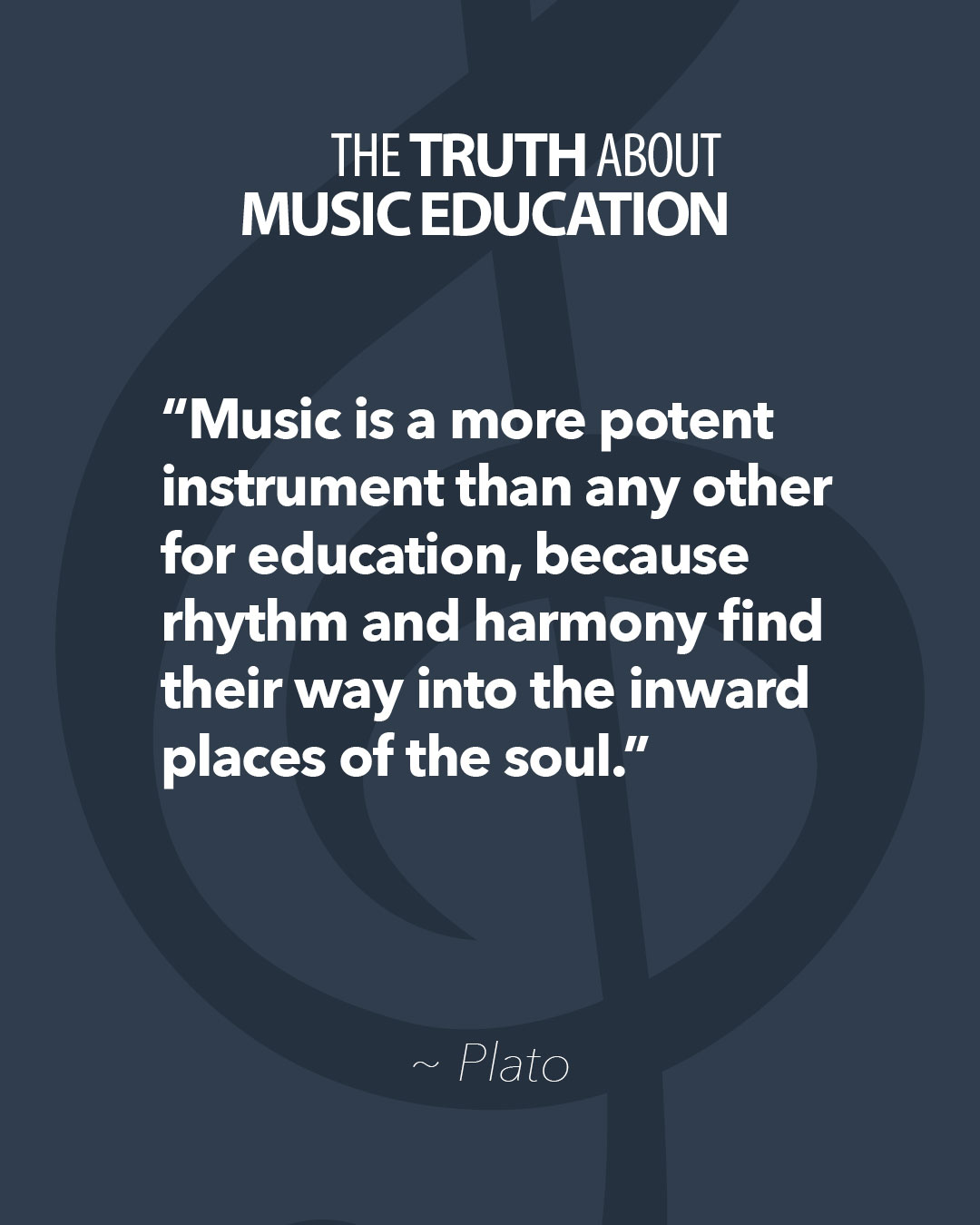
“Music is a more potent instrument than any other for education, because rhythm and harmony find their way into the inward places of the soul.”

“Music is a more potent instrument than any other for education, because rhythm and harmony find their way into the inward places of the soul.”
The March 2018 Staff Spotlight is with Luanne Hogg. Luanne has been with Paige’s Music for almost 7 years now and is an Accounting Associate on our office staff. Luanne does a great job working with parents on any questions they have about monthly payments. She claims not to be musical, but it sounds like there’s a budding musician growing up in the family!
Please take a few minutes to learn more about Luanne in the video below.

If you’ve been waiting to graduate to a professional-level instrument, now is a great time! From April 1 through June 30, 2018, most of our Yamaha professional-level instruments will qualify for a rebate!
Yamaha is offering a $100 rebate for the rental or purchase of a new professional-level instrument (600-level or above, 500-level or above for flutes). We currently carry flutes, clarinets, alto saxophones, tenor saxophones, trumpets, French horns, trombones, and euphoniums that are available for rent AND qualify for this special rebate!
If you have any questions about this rebate promotion, please contact us by phone at 1-800-382-1099 or by email at sales@paigesmusic.com.
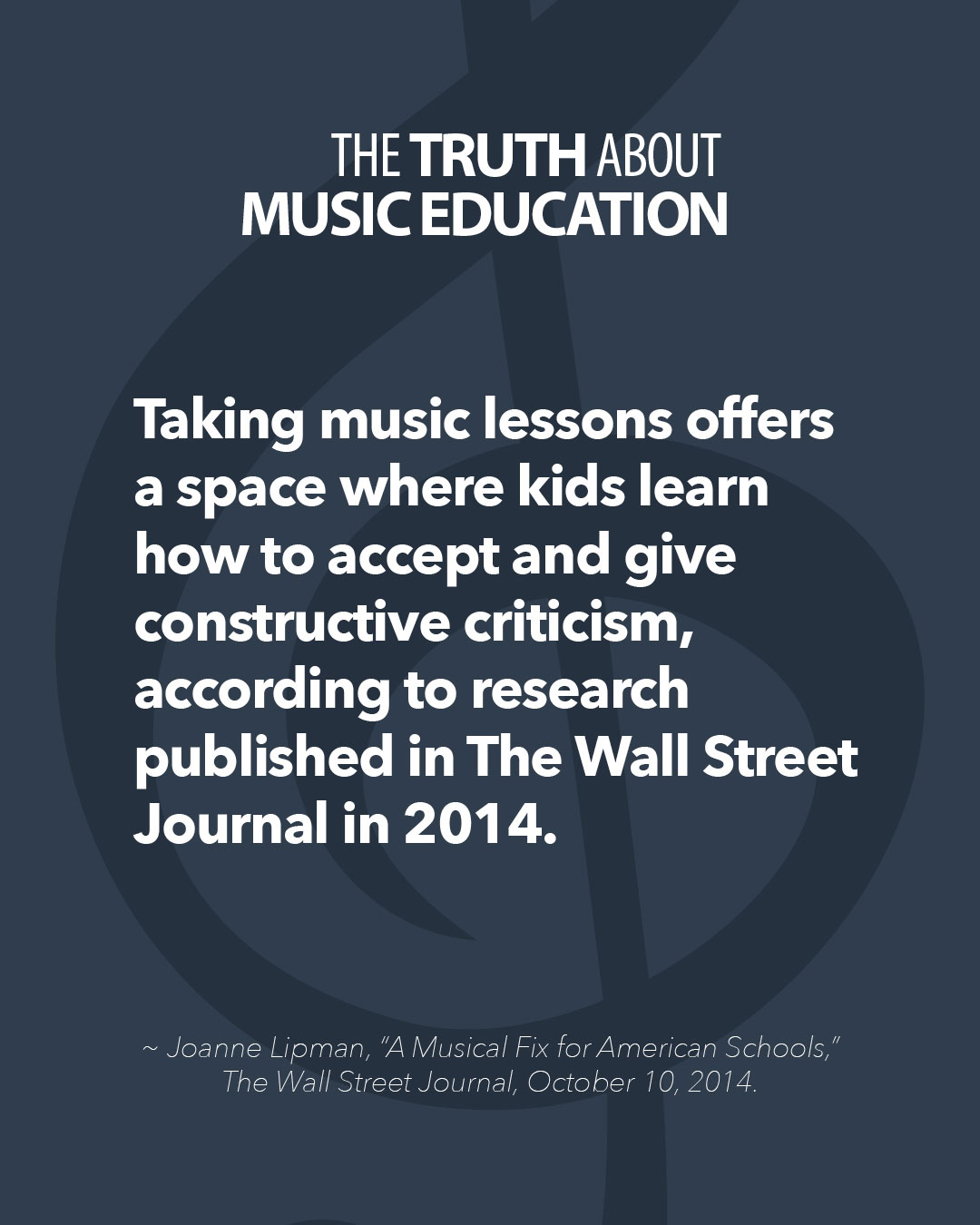
Taking music lessons offers a space where kids learn how to accept and give constructive criticism, according to research published in The Wall Street Journal in 2014
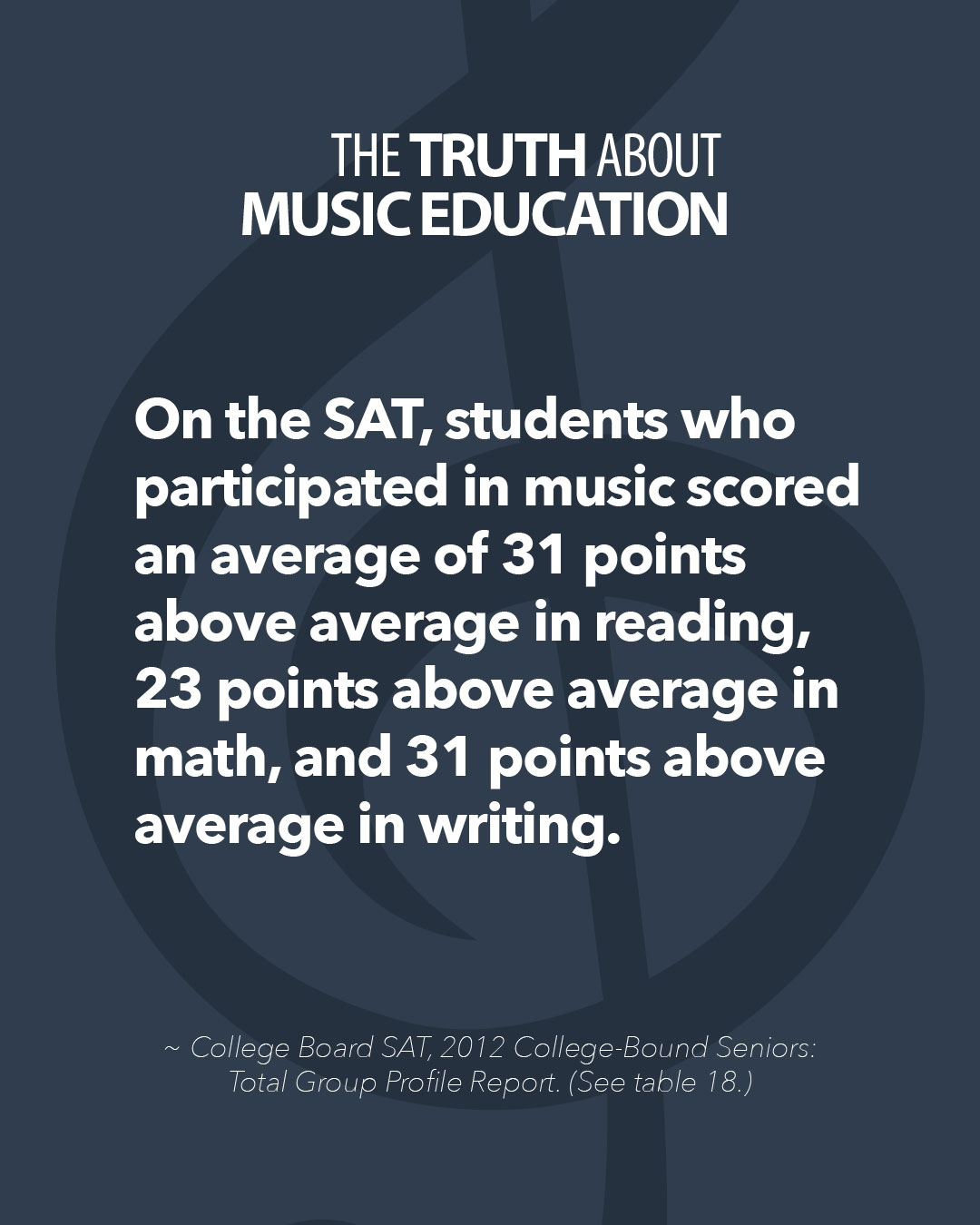
On the SAT, students who participated in music scored an average of 31 points above average in reading, 23 points above average in math, and 31 points above average in writing.
This past Sunday, I was proud to represent Paige’s Music at the 2nd Annual University of Indianapolis Trumpet Day! This event is full of dozens of ready-to-play trumpets for attendees to try, trumpet centered organizations and programs, and features prominent local and international artists.
I always enjoy attending events such as this because, as a trumpet player, I get to meet dozens of fellow players and “talk shop” about the intermediate, professional, and custom line trumpets we carry here at our brick-and-mortar location. I encouraged people to try the instruments first-hand to get a true feel of a new instrument, whether they are on the market or just want to try something new for fun.
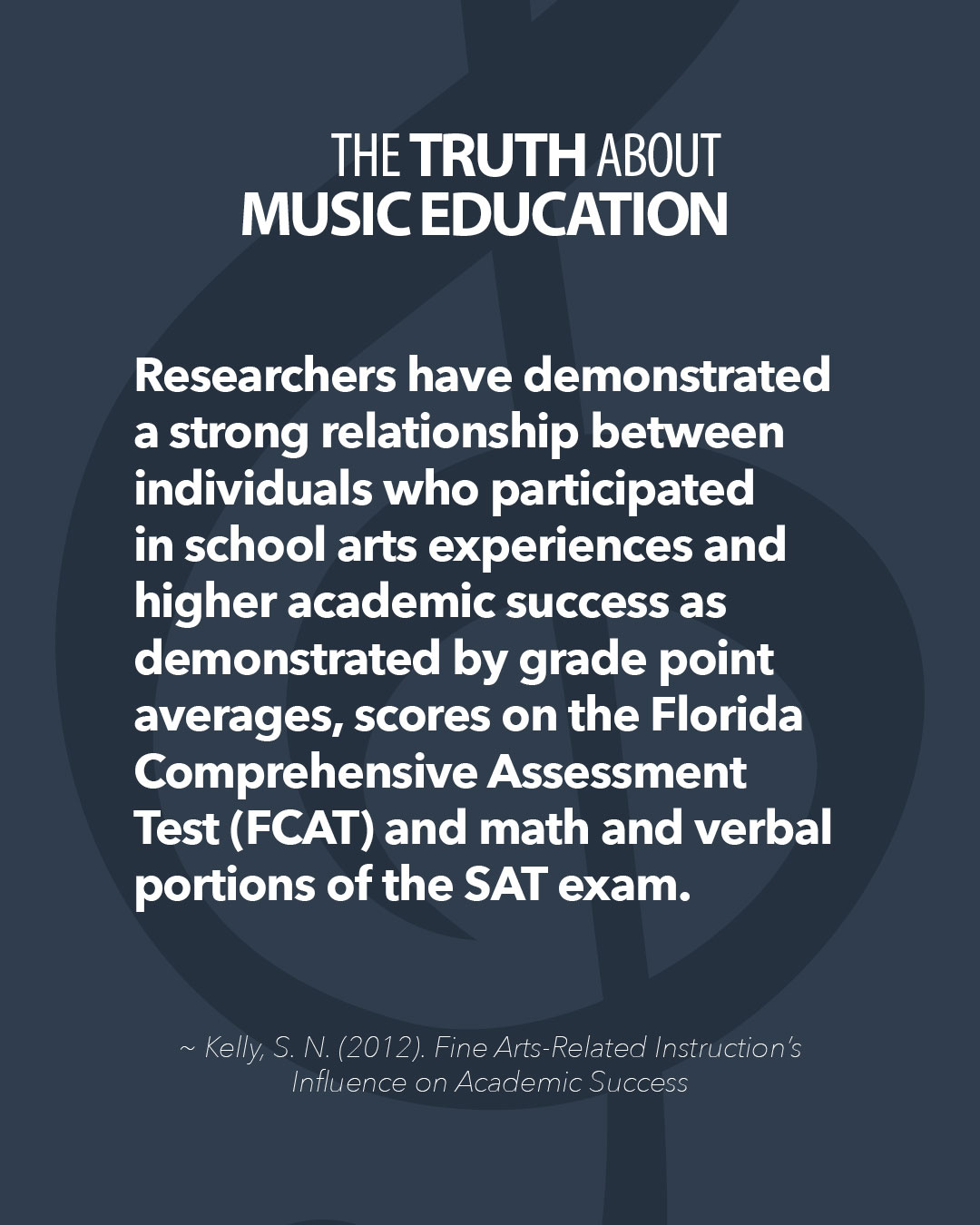
Researchers have demonstrated a strong relationship between individuals who participated in school arts experiences and higher academic success as demonstrated by grade point averages, scores on the Florida Comprehensive Assessment Test (FCAT) and math and verbal portions of the SAT exam.
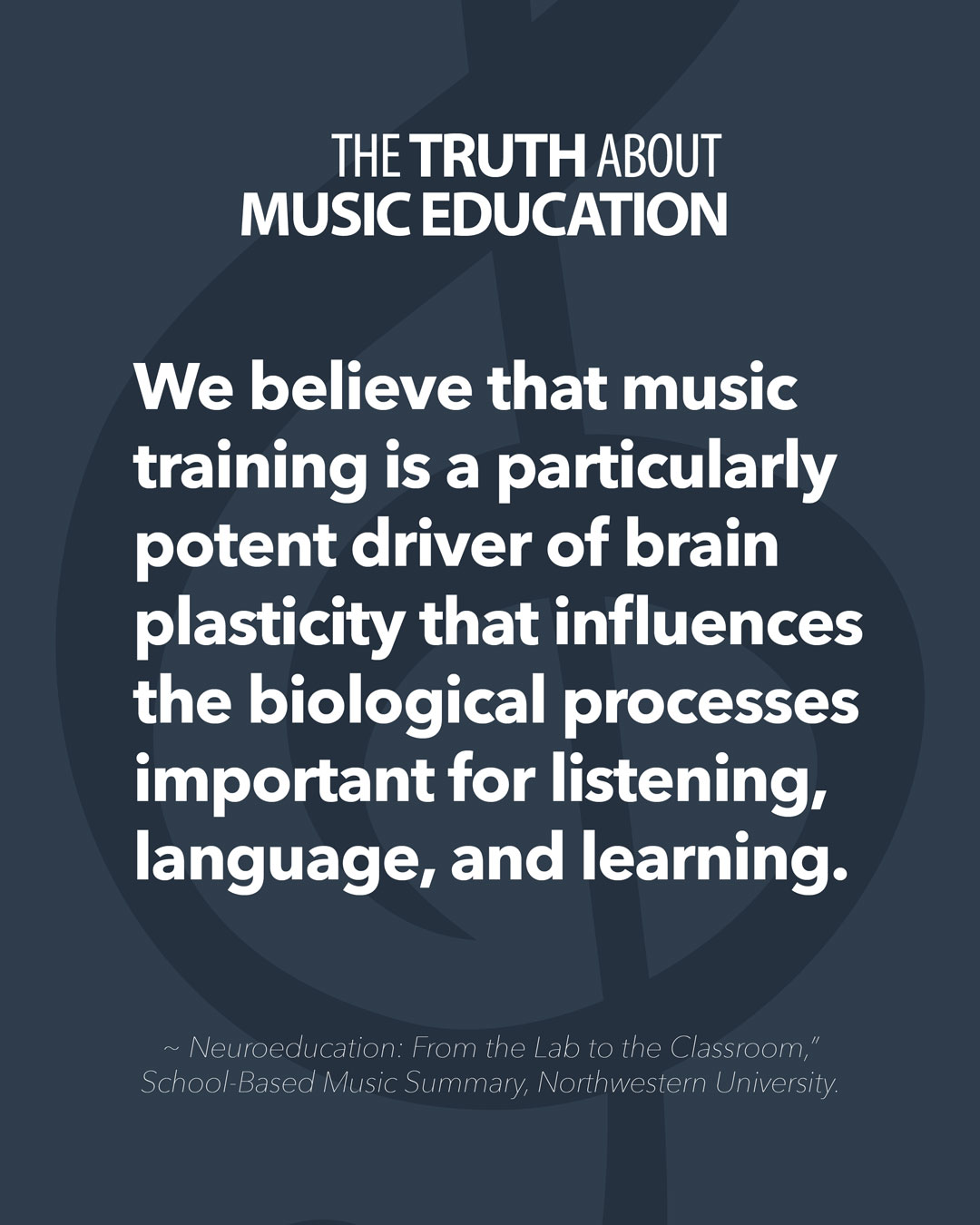
We believe that music training is a particularly potent driver of brain plasticity that influences the biological processes important for listening, language, and learning.